An architect of a programme which changed the fortunes of one of England’s most notorious “ghost towns” has told Dundee to be “brave” in its approach to improving its city centre.
Matt Colledge created and led Altrincham Forward, a public, private and community partnership that spearheaded the transformation of the English market town.
He was a guest speaker at The Courier’s Dundee Matters event at Meadowside, which saw community and business leaders come together to discuss how to reverse the decline of the city centre.
Mr Colledge warned of a “toxic nostalgia” which can plague regeneration projects and said an integrated approach utilising Dundee’s many assets would help revitalise the city centre experience.
A panel including council administration leader John Alexander, Chamber of Commerce president Kelly-Anne Fairweather, urban planning expert Dr Husam Alwaer, entrepreneur Ron Smith and Mr Colledge, discussed problems surrounding the High Street.
The panellists also fielded questions from the audience, assembled from invited business owners and stakeholders with The Courier editor David Clegg compering the discussion.
Attendees quizzed them on a range of topics including the controversial LEZ, parking charges, cleanliness and empty shopping units.
Changed the face of Altrincham
Mr Colledge explained Altrincham had, in 2010, the highest High Street vacancy rate in England.
After years of investment and engagement with public and private sector bodies, the town was able to reduce its empty-shop rate by 73%.
Its historic market, which in 2010 had a turnover of around £150,000 annually, now rakes in more than £7 million a year. This, from a public-sector investment of around £1m, he said.
Decision makers and the public at large, he added, had to be prepared to cut ties from the past which could stifle change.
“One of the things we found with the Altrincham task force was this phrase we coined, toxic nostalgia,” he said.
“People looking back to a period of time that probably wasn’t as wonderful as it seemed.
“What we probably have to do is capture the best of what we had, and if we can repackage it for the future, then brilliant.
“But we need to change, we need to move and we need to move on.
“That really reflected the vision that we had (for Altrincham).
“The council did spend money, on repurposing the realm, to make it a better and more welcoming environment.”
Footfall is key
Restaurant owner and president of Dundee and Angus Chamber of Commerce president Kelly-Anne Fairweather highlighted the changing face of shopping and consumer habits.
She said business owners in the city centre were willing to work on a more collaborative approach, and appreciated that High Street shopping and retail were not what they once were.
She said: “The city is changing. Like any city centre, one of the pressures is footfall.
“When there are events on in the city, we all benefit. Whether that’s the farmers market, the markets that run at the Steeple, events in the Keiller Centre…we need to stop looking at things as competition and have more collaboration.
“If there are people in the city centre, and the door (of your business is open) then chances are you will benefit from that.
“I think we are sometimes not as good as we should be in getting a calendar of events together.
“But most people want to push things forward. They want to work in a more collaborative fashion.
“We have to accept that High Street shopping is not what it once was.
“So what else can we do to bring people in?”
Addressing negative image of Dundee city centre
Dr Husam Alwaer is the programme director for Dundee University’s urban planning department.
He is an award-winning author and curator of events, focussing on issues of place making and urban design practice and their social impacts.
Dr Alwaer explained the importance of the city’s High Street as the “spine” of Dundee.
He noted the relationship between the city centre, the waterfront and the rest of the city was paramount in helping revive it.
He said: “The High Street of Dundee is the spine of the community.
“Before retail, it was the core of the city centre. It served Dundee and its people beyond retail.
“In terms of the public authority, libraries, public health and so on. We really need to look at that ‘spine’ once again.
“And it is not in a vacuum. In terms of connectivity, that ‘spine’ needs to speak with the rest of the city, with its relationship with the waterfront, its relationship with the rest of the city.
“Basically, let us reinvent convenience into our High Street. What is really important too is the experience, not just the provision of stuff.”
Change to non domestic rates needed
Ron Smith is the managing director of Glamis Investments, a private crowdfunding business which funds innovative UK businesses.
He raised the issue of differences in business rates which he claimed favoured out of town retail parks.
He also suggested online sellers should be targeted with a 5% transaction charge which could be given back to councils to invest.
“Scotland’s GDP is dominated by inward investment,” he said.
“Tesco, Asda, Curries, Boots…and these companies offer only one thing to Dundonians, and all cities and towns in Scotland.
“That is subsistence earnings.
“All the prosperity which was here, 25-35 years ago, that was based on local businesses, has been sucked out of Scotland and generally goes to London, is taxed there, and then distributed to non-Scottish shareholders.
“Whereas, in the past, that prosperity that was raised in Dundee, was spent in Dundee.
“One of the things that upsets me is the inertia of government to recognise these things.
“If you are a retailer out at the Kingsway retail park, and you can only get there because you are a big business…your non-domestic rates are subsidised.
“You pay about 30% per square foot of what someone is charged in the town.
“That is one of the reasons we have vacant shops.
“We have to have a rebalancing. We need to charge the out of town businesses more…and use that money to support city centres.”
As well as making a pledge to invest more on the cleanliness of the city centre, Dundee City Council leader John Alexander said he would “continue to challenge” the Scottish Government for changes to non-domestic rates.
The event was part of a Courier initiative aimed at finding solutions for the city centre’s problems, Dundee Matters.
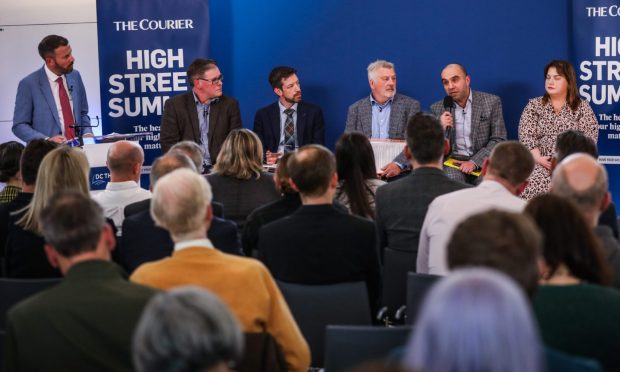
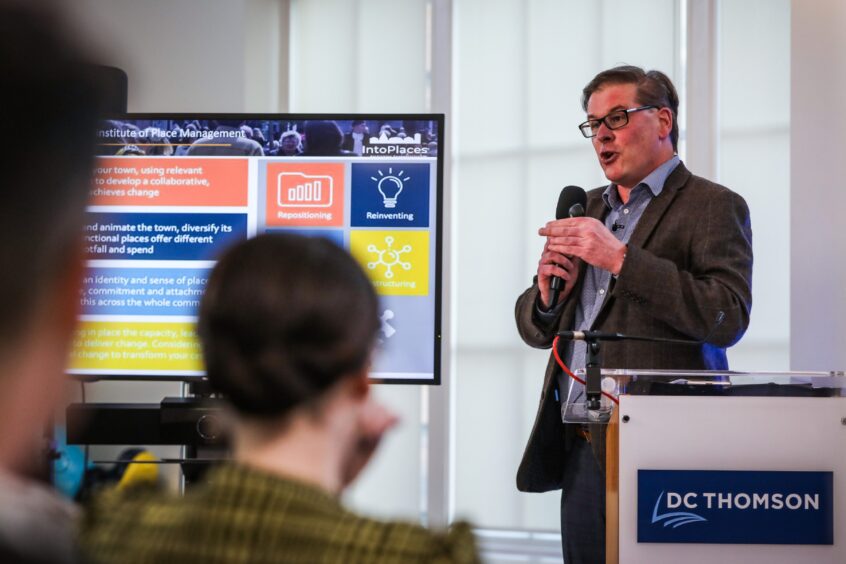
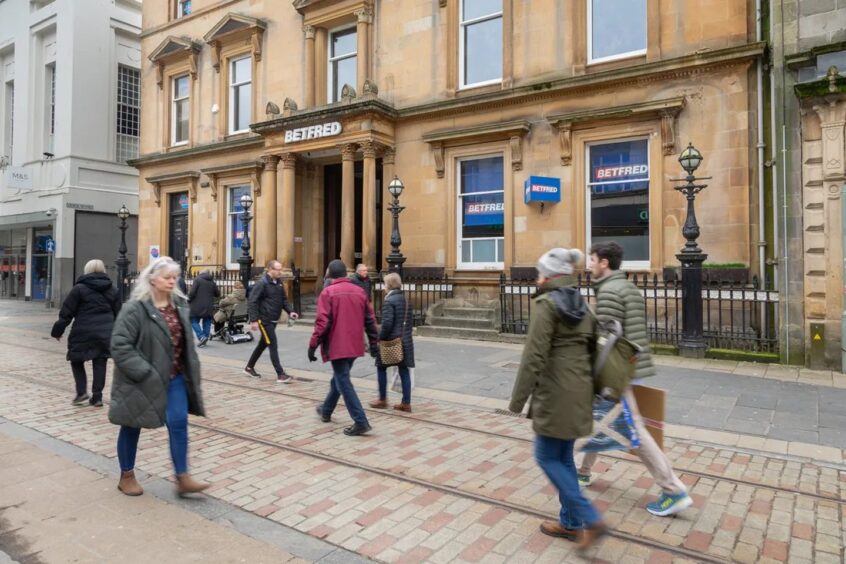

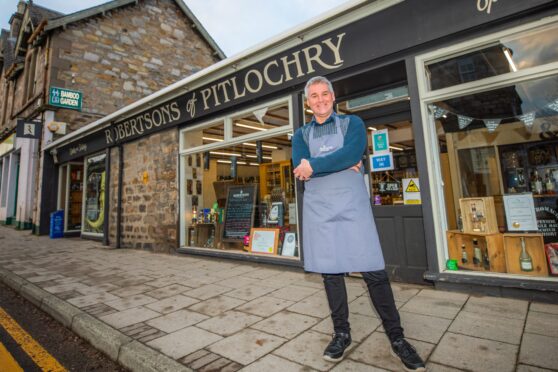
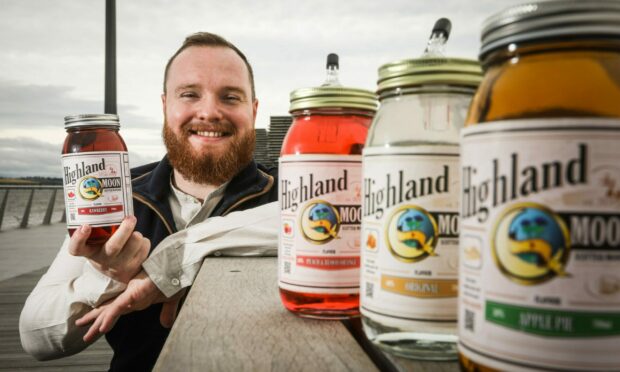
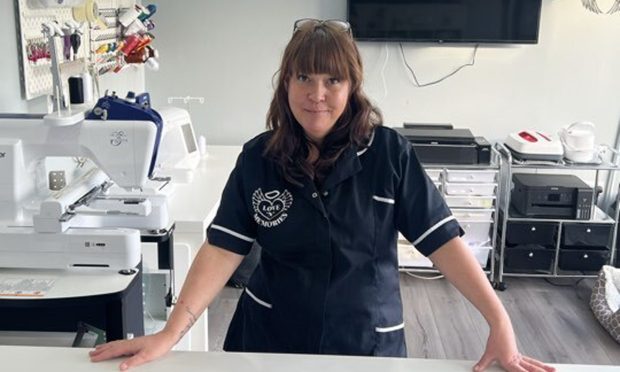
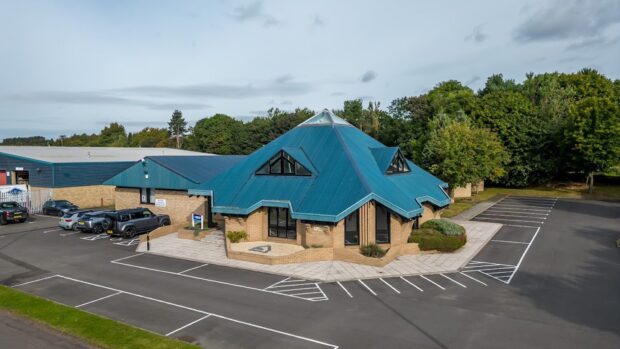
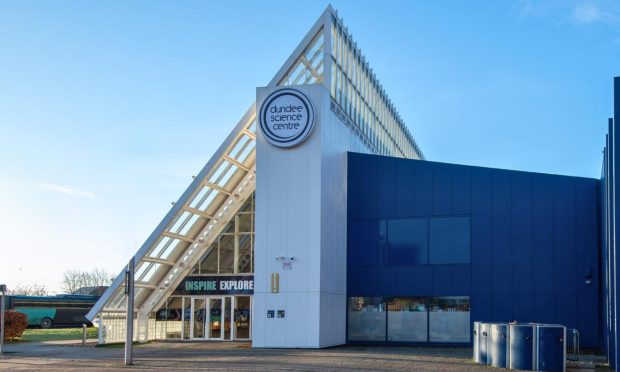
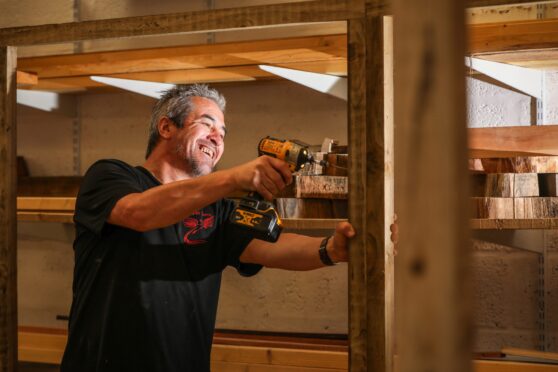
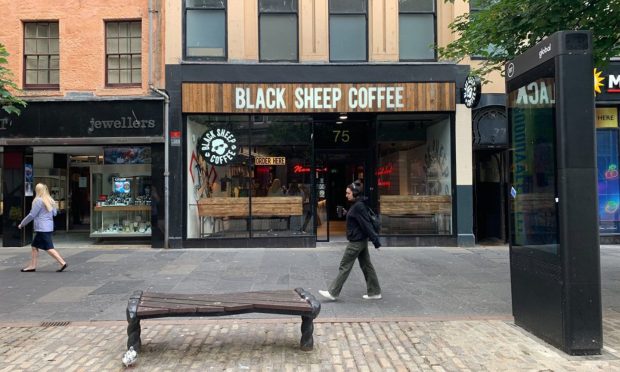
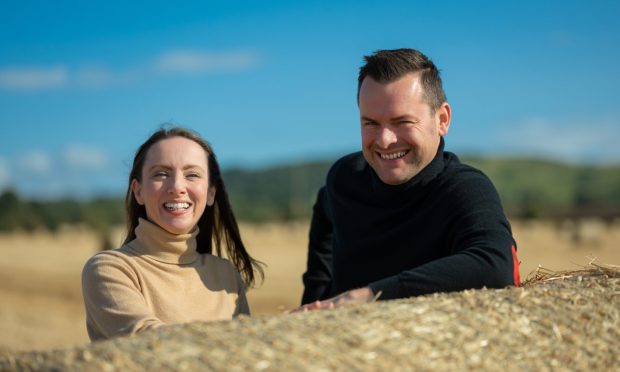
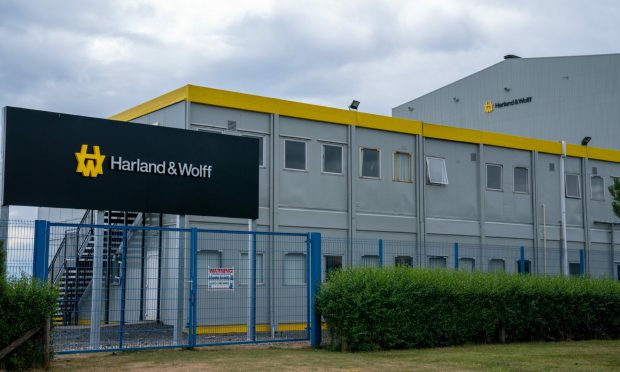
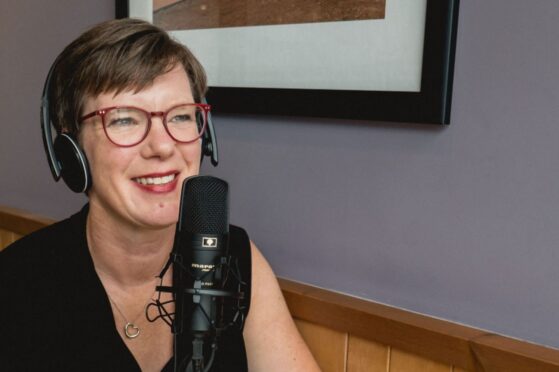
Conversation